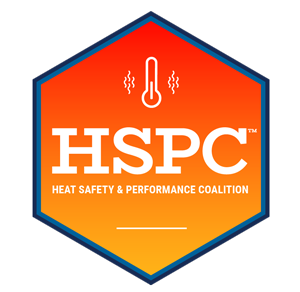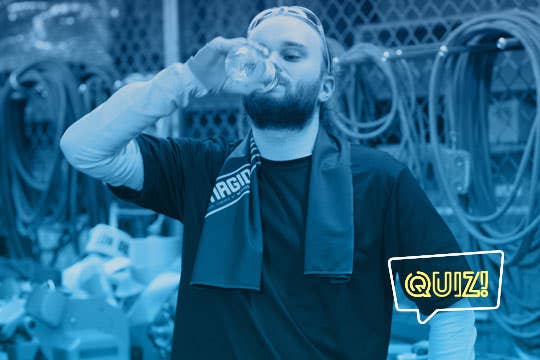
Winning the Battle Against Heat Illness
By John Heniff, Safety Writer, Magid
When temperatures rise and your team is hard at work, heat safety is at the top of your list of priorities — and for good reason! On average, 11 workers are seriously injured or die from heat stress every single day in the United States. The good news is, whether your workers operate on a construction site in the summer heat or inside a hot manufacturing facility, heat illness is 100% preventable!
But what’s wrong with this picture? If heat illness is 100% preventable, why is it still so common?




WHY IS HEAT ILLNESS STILL A PROBLEM?
While safety managers do their best to keep everyone safe, the problem is that proper heat safety information isn’t always clear or consistent. Many safety leaders have misconceptions regarding heat illness. They provide water at all times, but don’t know that hydrated workers can still suffer heat illness. Or they use the weather report alone as an indicator of how hot their job site will be on a given day.
Additionally, not every worker knows what they need to do if a coworker starts to experience moderate or severe heat illness symptoms, ranging from cramps to outright fainting due to heat stroke. Even if they’re following OSHA or NIOSH guidelines, they may not be aware of all-encompassing treatment options, such as treating a worker exhibiting symptoms of heat stroke through cold water immersion.
Adding to the confusion, many states and industries have their own heat safety rules for certain areas or fields. Unfortunately, these standards are not comprehensive and may not apply to specific industries in different climates. But help is on the way in the form of a new heat safety coalition that is developing specific, national guidelines to help you protect your workers!




SOLVING THE INDUSTRIAL HEAT ILLNESS PROBLEM
The Heat Safety & Performance Coalition (HSPC) (formerly the National Heat Safety Coalition) will be the nation’s first institute for heat safety research and advocacy through the efforts of an alliance including Magid Glove & Safety, textile manufacturer MISSION, and the Korey Stringer Institute (KSI) at the University of Connecticut. In addition, the coalition’s board will include scientists and members of different industrial companies. Through their ongoing efforts, the coalition will serve as a source for heat safety information, education, and treatment recommendations aimed at eliminating heat-related injuries and illnesses in indoor and outdoor workplaces.
The HSPC will rely on the heat safety experts at KSI and will also pool expert information from major companies and consumer groups to determine the needs of industrial workplaces to create effective and easy-to-understand heat safety standards. Ultimately, the coalition will serve as an expert body and a resource to help industrial managers protect their workers from heat-related illness.
The group’s research has already led to the creation of a consensus document, which details better industrial standards for:
- Heat hygiene
- Hydration
- Heat acclimatization
- Environmental monitoring
- Physiological monitoring
- Body cooling
- Textiles and PPE
- Emergency action plans and implementation
Recommendations for work sites vary from emphasizing improved work-to-rest ratios, prioritizing the delivery of fluids, and implementing action plans for medical emergencies like exertional heat stroke that can occur on-site. Over time, the coalition’s research and outreach will raise awareness of heat safety and educate workers and safety managers through training, on-site assessments, and online resources.


This research will also lead to advancements in the PPE field. Today, manufacturers are creating enhanced body cooling products like Magid Cool Powered by Mission that help to keep workers safe and productive in hot conditions. But through the input of industrial workers, managers, safety companies, and consumer groups over time, this new organization will guide the needs of workers and offer a seal of approval on improved hydration and body cooling methods so workers can continue to stay safe.



